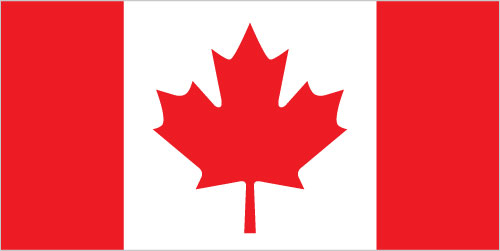
As a high-tech industrial society in the trillion-dollar class, Canada resembles the US in its market-oriented economic system, pattern of production, and high living standards. Since World War II, the impressive growth of the manufacturing, mining, and service sectors has transformed the nation from a largely rural economy into one primarily industrial and urban. The 1989 US-Canada Free Trade Agreement (FTA) and the 1994 North American Free Trade Agreement (NAFTA) (which includes Mexico) touched off a dramatic increase in trade and economic integration with the US, its principal trading partner. Canada enjoys a substantial trade surplus with the US, which absorbs about three-fourths of Canadian merchandise exports each year. Canada is the US's largest foreign supplier of energy, including oil, gas, uranium, and electric power. Given its abundant natural resources, highly skilled labor force, and modern capital plant, Canada enjoyed solid economic growth from 1993 through 2007. Buffeted by the global economic crisis, the economy dropped into a sharp recession in the final months of 2008, and Ottawa posted its first fiscal deficit in 2009 after 12 years of surplus. Canada's major banks, however, emerged from the financial crisis of 2008-09 among the strongest in the world, owing to the financial sector's tradition of conservative lending practices and strong capitalization. Canada achieved marginal growth in 2010-13 and plans to balance the budget by 2015. In addition, the country's petroleum sector is rapidly expanding, because Alberta's oil sands significantly boosted Canada's proven oil reserves. Canada now ranks third in the world in proved oil reserves behind Saudi Arabia and Venezuela.
$1.518 trillion (2013 est.)
country comparison to the world: 14
$1.494 trillion (2012 est.)
$1.469 trillion (2011 est.)
1.6% (2013 est.)
country comparison to the world: 154
1.7% (2012 est.)
2.5% (2011 est.)
$43,100 (2013 est.)
country comparison to the world: 19
$42,900 (2012 est.)
$42,700 (2011 est.)
agriculture: 1.7%
industry: 28.4%
services: 69.9% (2013 est.)
9.4%
note: this figure is the Low Income Cut-Off (LICO), a calculation that results in higher figures than found in many comparable economies; Canada does not have an official poverty line (2008)
1% (2013 est.)
country comparison to the world: 22
1.5% (2012 est.)
19.08 million (2013 est.)
country comparison to the world: 32
agriculture: 2%
manufacturing: 13%
construction: 6%
services: 76%
other: 3% (2006 est.)
7.1% (2013 est.)
country comparison to the world: 75 7.3% (2012 est.)
transportation equipment, chemicals, processed and unprocessed minerals, food products, wood and paper products, fish products, petroleum, natural gas
1.4% (2013 est.)
country comparison to the world: 139